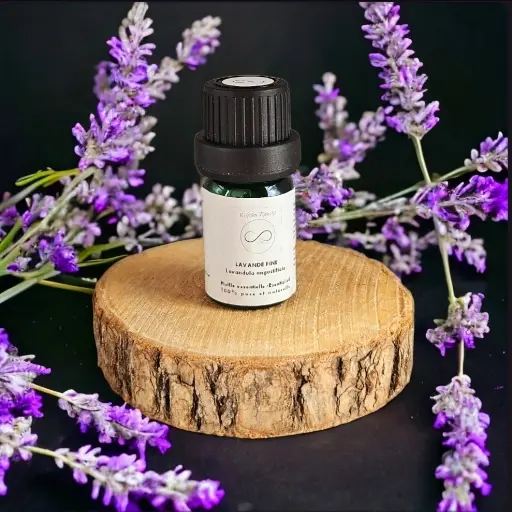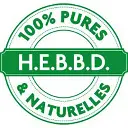Huile essentielle Lavande Fine
Nom botanique: Lavandula angustifolia
Partie distillée: Sommité fleurie
Famille botanique: Lamiacées
Origine: Provence (France)
Composition chimique:
- Aldéhydes
- Cétones
- Coumarines
- Esters: Acétate de Linalyle (42 à 52%)
- Lactones
- Monoterpénes: Ocimène
- Monoterpénols: Lavandulol, Linalol (32 à 42 %), Terpinène 4 ol
- Oxydes: 1,8 Cinéole
- Sesquiterènes: Béta Caryophyllène, Béta Farnèsène
Danger: Réaction cutanée possible, mais extrêmement rare
Légende: * puissant,** très puissant;*** extrêmement puissant (valeur de puissance pour la pathologie associée)
PROPRIETES PHYSIQUES ET INDICATIONS THERAPEUTIQUES:
- Antalgique*, antalgique musculaire*, Crampe*
- Antispasmodique*
- Brûlure***
- Cicatrisant*
- Plaie*, prurit*, Escarre*, Dermatose (allergique, cicatricielle, infectieuse)*
- Hypertension*
- Insomnie* (bébés, enfants, adultes)*
- Ulcère variqueux*
PROPRIETES EMOTIONNELLES, PSYCHIQUES ET INDICATIONS THERAPEUTIQUES:
- Calmant*
- Angoisse*
- Nervosité*
Référence et source bibliographique: Lily BAYER et Dr Hervé STAUB, (2013) "Traité approfondi de Phyto et Aromathérapie", Ed. Grancher. p. 554.
LES INDICATIONS EN AROMATHERAPIE ET L'USAGE DES HUILES ESSENTIELLES NE CONSTITUENT PAS UN DIAGNOSTIC MEDICAL ET NE REMPLACENT PAS L'AVIS D'UN MEDECIN NI LES TRAITEMENTS MEDICAUX !





